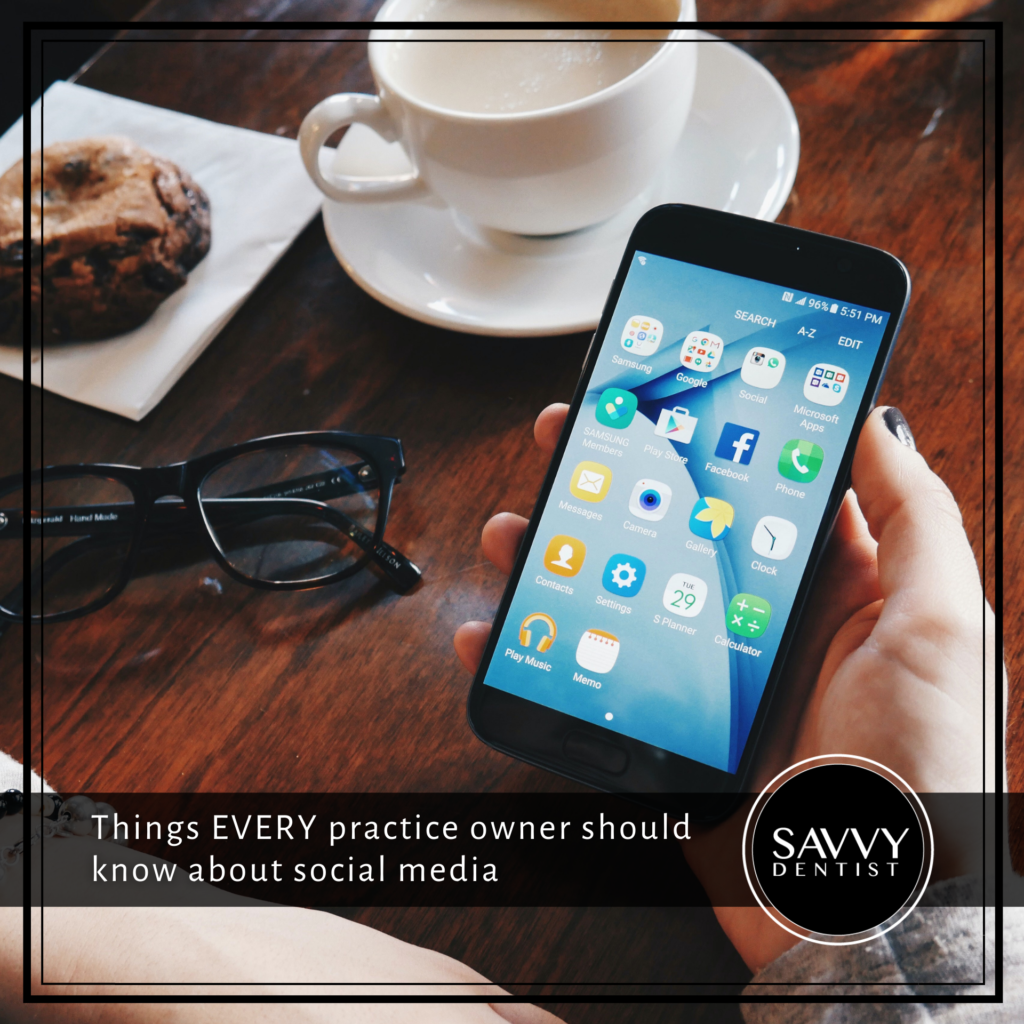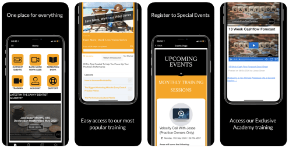Social media can be an incredible marketing tool – when used correctly. It’s free, accessible, and there’s a good chance that almost all your patients use social media in some capacity.
But like any marketing tool, it does require a bit of strategy. There are countless platforms like Facebook, Instagram, Twitter, Pinterest, LinkedIn, YouTube – and they each rely on different mediums with slightly different etiquette. The nature of social media is also incredibly public, so you need to keep in mind that whatever you post has the ability to be seen by EVERYONE including prospective patients, current patients, ex-patients, competing practices, past and future employees… people whose opinion matters.
So, if you’re looking to re-vamp your social media presence or move onto a new platform, here are a few things to keep in mind.
Choose your platforms wisely
Depending on your ideal patient avatar and the demographic you’re catering to, some platforms will be more appropriate than others. Facebook is always a good place to start because it has the largest audience and they have numerous tools available for business owners.
That being said, it’s good to be present on another platform in case the tide turns and Facebook is no longer an option. You don’t want to put all your eggs in one basket, so consider what other platforms work for your practice and your brand and set up a profile there. It can never hurt to reserve your username on different platforms either, in case you want to expand in the future or protect yourself from imitation.
Aim to educate
Social media is a great place to educate your audience about your brand, offerings, team, practice, and share content that relates to their life. A part of identifying your ideal patient avatar includes understanding their greatest fears, frustrations, goals, and desires – so make sure your content reflects that.
When people feel understood and the content is relevant to them, they’re more inclined to engage by liking, commenting, and even sharing.
Socialise
It might seem obvious, but it’s called ‘social media’ because it’s about being sociable. So be social and engage your audience – have a little fun and engage your audience. This might mean acknowledging holidays and current events, making jokes, and asking questions.
Having said that, you need to respect your brand and always be aware that you’re representing your organisation. Some things should be kept offline and discussed privately, so know your limits and make sure you stay true to your brand.
If you’re dealing with complaints or negative comments, we have a whole framework that can help you resolve public complaints and even turn your haters into advocates!
Strategise
As with any marketing endeavour, it’s important to have a clear plan and desired outcome – otherwise you end up stabbing in the dark. Develop a strategy, be consistent, and know how you will measure success.
Consistency is also a big part of success on social media, so make sure you’re posting and interacting often. Posting once a year isn’t going to generate a lot of engagement or traction, so have some kind of schedule or timeline for how often you’ll be active and make sure you’re liking and responding to comments. Not only does this show your audience that your page is up to date, but it also boosts your posts in the algorithm so more people see your content.
Promote your presence
Promote your online presence by including links to your social media profiles in your email signature and other correspondence. You can also use hashtags to promote your content but use them strategically.
Do a little research and understand which platforms to use them on, and how many to use. You want to use them to make it easy for people to find you, not use so many that you upset your audience (it can be a fine line!). But don’t forget that part of your overall strategy should always be to direct people back to your website.
Suppress the urge to use socials solely for sales
Suppress the urge to use social media solely for promotion. Sites that do so lack engagement and struggle to grow. People come to social media and follow accounts because they want to be entertained, educated, and receive some sort of value.
That doesn’t mean you can’t market effectively; it just means that you need to spread it out a bit and do so appropriately. Mix it up with entertaining and informative posts, soft promotion, and hard promotion.
Leverage your other marketing activities
Don’t allow yourself to get overwhelmed. Instead, leverage content across different platforms. If you have a blog, be sure to syndicate it across your social media pages.
If you’re creating shareable images you don’t have to confine yourself to using them on one platform – like Pinterest or Instagram. You can use them on Twitter and Facebook too.
Assuming you’re writing blog posts that are useful or entertaining to your audience, then they’re a great fit for your social media sites too. Again, it comes back to giving people something useful, informative or entertaining.
Take the leap
Social media can seem overwhelming in the beginning but the secret is to start small and learn along the way. Create a simple marketing strategy and expand as your confidence and knowledge expands.
In a sense, social media is just old-fashioned word-of-mouth marketing, but on a larger scale. If you can make word-of-mouth work for you, you can do this too. Just like word-of-mouth it can be slow to start, but it can also result in a real boost to your business. So, take the leap, invest the time, and get social!
P.S Want to scale your dental practice and take your profits to 7 figure success?
Me and my team can work with you directly to get you there! Simply book in your FREE 1:1
strategy session, and we can get started on a game plan for you and your practice.



